All About Handplanes
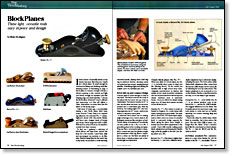
Handplanes represent an important group of tools, not only for woodworkers pursuing traditional techniques but also for woodshops that rely mostly on machines. Planes do everything from remove milling marks on the edges of freshly sawn or jointed lumber to surfacing large table tops. There’s a wide variation in price and design.
What Counts:
• Quality and accuracy of machining
• Flatness of sole
• Quality of blade steel
• Adjustability of mouth and blade
• Length of sole and width of blade
• Tool ergonomics
Block planes
Block planes are a family of relatively small planes designed to be used one-handed for trimming pegs and dovetails, cleaning up end grain, fitting miters, and similar jobs. Blades are mounted with the bevel side up to produce a cutting angle of about 37° in a standard plane and 25° in a low-angle plane. Low-angle planes are better at cutting end grain and often cut with less chatter, but they can tear wood fiber in some kinds of wood when used with the grain.
Most block planes have cast iron or ductile cast iron bodies, although bronze planes are available from at least two manufacturers. There are several on the market with adjustable mouths, allowing the plane to be tuned for different wood types and shaving thicknesses. At least two block planes on the market have blades the full width of the bodies so they can be used for rabbeting.
Bench planes
Bench planes can have either wood or metal bodies. Many are based on old Stanley designs and are numbered according to size. A No. 1 plane, the smallest, has a 1-3/16-in. wide blade and is only about 5-1/2-in. long, while a No. 8 jointer has a 2-5/8-in. blade and a length of 24 in. Longer planes — fore planes and jointer planes — are used to straighten long edges, while the shorter planes are used for smoothing surfaces.
Unlike block planes, bench planes have a two-piece blade assembly that consists of a blade and a chip breaker joined by a stout machine screw. The blade goes into the body of the plane bevel down; the chip breaker stabilizes the thin edge of the blade while directing shavings up and out. Blades are typically bedded at 45°, although higher angles (called “pitch”) can reduce tearout in gnarly woods. Several manufacturers have adopted Stanley’s old Bed Rock design, which allows the blade-holding mechanism to be adjusted forward and backward without removing the blade from the tool.
Specialty planes
Block and bench planes are versatile, general-purpose tools. Additionally, there are a number of specialized planes for much more specific tasks: butt mortise planes for making shallow mortises for hinges, shoulder planes for joinery and rabbeting, scraping planes for smoothing surfaces, and chisel planes for working all the way into corners. Wood-bodied Japanese planes are drawn toward the user rather than pushed.
With all planes, material selection is a key concern. A good blade will take a very fine edge and hold it. Some manufacturers have switched from standard tool steel to a cryogenically treated A2 steel for better edge durability. Whether they are made from wood or metal, a plane’s sole must be dead flat if the plane is to work properly.
Fine Woodworking Recommended Products

Olfa Knife

Marking knife: Hock Double-Bevel Violin Knife, 3/4 in.

Bahco 6-Inch Card Scraper
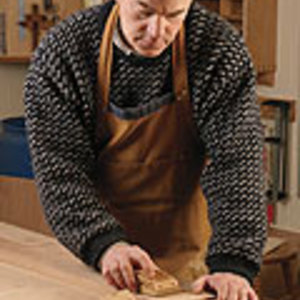



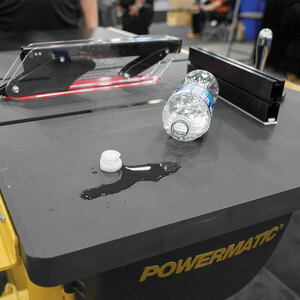
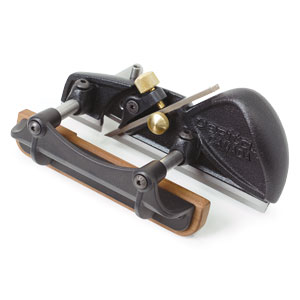
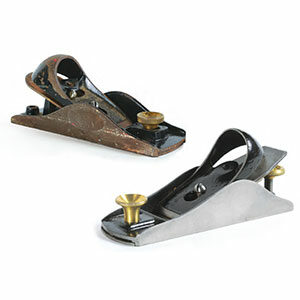
















Log in or create an account to post a comment.
Sign up Log in